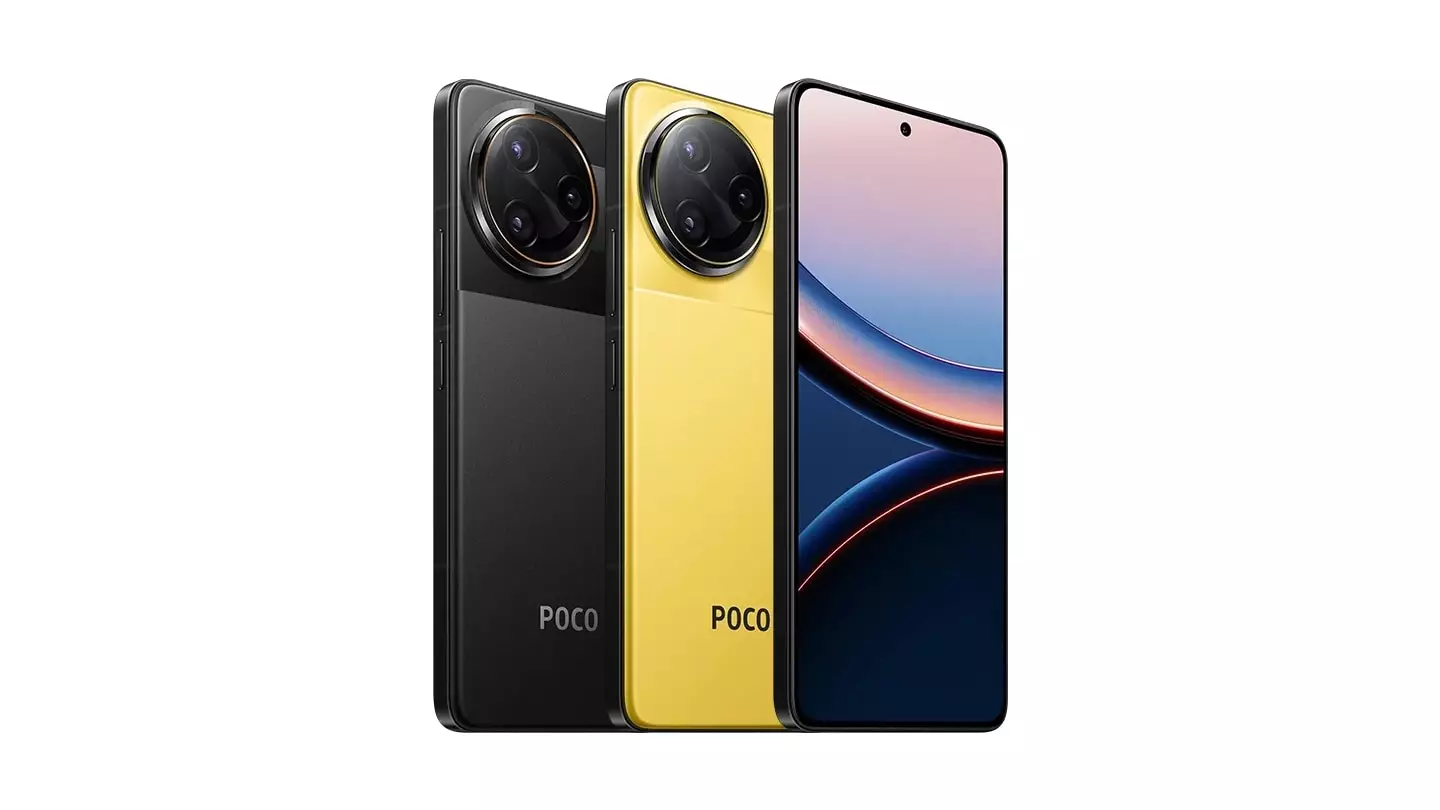As the launch of the highly anticipated Poco F7 approaches, expectations are soaring among tech enthusiasts and consumers alike. Scheduled to hit select global markets later this month, including a simultaneous rollout in India, it promises to absorb the attention of smartphone aficionados. However, amidst this excitement, one must question whether the Poco F7 lives up to the hype. With competitors continually raising the bar, can Poco deliver a device that not only competes but excels?
A Glimpse of Features: Are They Revolutionary?
Reports suggest that the Poco F7 will flaunt a slew of impressive specifications: a Snapdragon 8s Gen 4 SoC, up to 16GB of RAM, and substantial storage options. Sounds like a winner, doesn’t it? But let’s dig deeper. The purported flagship’s screen, a 6.83-inch 1.5K flat LTPS OLED display, bringing a 120Hz refresh rate might be exciting on paper, but how many smartphones offer less? In a saturated market, such specifications don’t necessarily denote a revolutionary leap forward. They’re quickly becoming the standard, leaving one to wonder if Poco is steering towards mediocrity by merely matching competition instead of surpassing it.
Design and Build: A Step in the Right Direction?
While the Poco F7 is expected to feature an IP68+IP69 rating for dust and water resistance, are these additions really groundbreaking? With so many devices now embracing these features, they are scarcely a unique selling point. Meanwhile, the reported environmental impact of manufacturing such devices is another factor to consider. The transition to a metal middle frame might sound appealing, but if selected materials lead to greater environmental degradation, what’s the point of a classy design in terms of sustainability?
Battery Life: A Double-Edged Sword
Differentiating its models between the Indian and global variants seems to be a strategic move that raises eyebrows. A larger battery capacity for the Indian variant (7,550mAh) compared to the global model (6,550mAh) appears thoughtful. Yet, this raises questions about equity among consumers—why should geography dictate the variations in product quality? Providing different specs based merely on market segmentation diminishes the overall integrity of the brand, unfortunately giving the impression that some customers are worth more in terms of battery life than others.
Camera Set-Up: Hitting the Right Notes?
Another expected feature, the dual rear camera setup with a 50MP primary sensor, sounds stellar. Yet, the real query is—will it perform impeccably in varied conditions or merely present an illusion of capability? The tech world has seen countless smartphones boasting impressive camera specs where reality sadly falls short. High megapixels don’t necessarily equate to exceptional photo quality, and if the ecosystem is not supportive, even the best hardware can underperform.
In a climate rife with innovation and rapid technological advancements, the Poco F7’s looming launch fills a void for many, but let’s face it: it must deliver more than just a flashy name and standard specs. The challenge lies not in following the pack but in daring to lead. If Poco can achieve this, it may very well redefine its standing in this fiercely competitive arena.

Leave a Reply